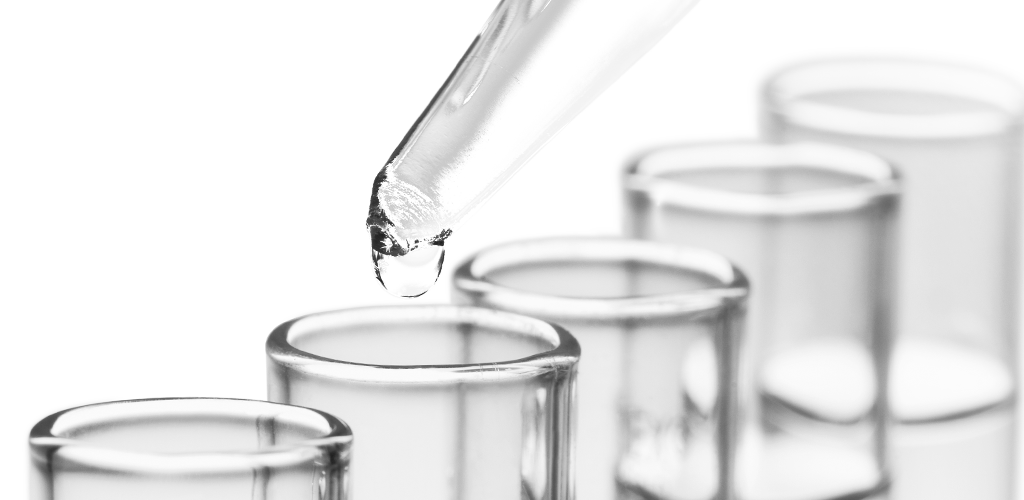Plasminogen
Biochemistry
| Synonym | Profibrinolysin |
|---|---|
| Molecular mass | 92 000 Da |
| Half-life | 2.2 days Glu-plasminogen 0.8 days Lys-plasminogen |
| Synthesis | Liver |
| Plasma concentration | 0.2 g/l, 3.5 CTA U/ml |
| Normal range | 70 - 140% |
| Primary structure | 791 amino acids |
Plasminogen is the inactive precursor (proenzyme) of plasmin, the central protease in the fibrinolytic system. The binding of plasminogen to fibrin via lysin binding sites is followed by its activation to plasmin by urokinase (u-PA), tissue-type plasminogen activator (t-PA) or kallikrein. Single-chain plasminogen is thereby cleaved into two-chain plasmin. Plasmin is able to cleave Glu-plasminogen (N-terminal glutamic acid) into Lys-plasminogen (N-terminal lysin). It is suspected that this accelerates the activation of plasminogen by t-PA. Plasmin is inhibited by the plasmin inhibitor (α2-antiplasmin) and histidine-rich glycoprotein (HRG), which forms a reversible complex with plasmin/plasminogen.
Clinical significance
Hereditary plasminogen deficiency (dysplasminogenemia) represents an increased risk for venous thromboembolism and reocclusion. An acquired plasminogen deficiency has been observed as a consecutive symptom in fibrinolytic therapy (e.g. with streptokinase), DIC, hepatic disease, sepsis, leukaemia and following surgery. In septic patients, the reduction of plasminogen is due to its cleavage by leukocyte elastase. Increased plasminogen levels are observed in acute phases (e.g. inflammation) during pregnancy, during the intake of oral contraceptives and following liver and kidney transplantations before rejection reactions.
Indication
- At the onset of a fibrinolytic therapy
- In consumption coagulopathies (DIC)
- Determination of the fibrinolytic potential
- Venous thromboembolism of unknown reason
Literature
- Gram J, Jespersen J. A Functional Plasminogen Assay Utilizing the Potential Effect of Fibrinogen to Correct for the Overestimation of Plasminogen in Pathological Plasma Samples. Thromb Haemost 53, 255-259, 1985.
- Gram J, Jespersen J. Elevated Plasma concentrations of Fibrinogen May Cause an Overestimation of Functional Plasminogen. Thromb Haemost 61 (1), 154, 1989.
- Soria J et al. The Amidolytic Activity of the SK-Plasminogen Complex is Enhanced by Potentiator which is Generated in the Presence of Vascular Plasminogen-Activator, Role of Fibrin Degradation Products. Thromb Haemost 47 (3), 193-196, 1982.
- Henkin J et al. The plasminogen-plasmin system. Prog Cardiovasc Diseases 2, 135-164, 1991.
- Ponting CP et al. Plasminogen: a structural review. Blood Coag Fibrinol 3, 605-614, 1992.
- Gaffney PJ. Plasminogen activity. In: Jespersen J. et al. (eds.). Laboratory techniques in Thrombosis. A Manual 2nd revised edition of ECAT Assay procedures. Kluwer Academic Publishers. Dordrecht, The Netherlands 247-255, 1999.
- Al-Horani RA, Desai UR. Recent advances on plasmin inhibitors for the treatment of fibrinolysis-related disorders. Med Res Rev. Nov 34(6), 1168-216, 2014.

